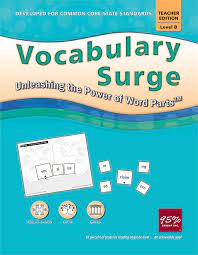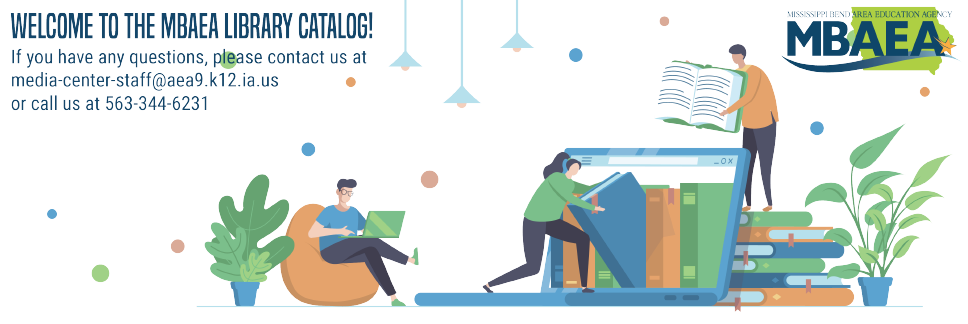
Professional Book
|
Vocabulary Surge Level B Teacher Edition : Unleashing the Power of Word Parts
Copies
1 Total copies, 1 Copies are in,
0 Copies are out.
Title
Vocabulary Surge Level B Teacher Edition : Unleashing the Power of Word Parts
Call No
DDM3108 A
Edition
Teacher Edition.
Authors
Language
English
Published
Lincolnshire, IL : 95 Percent Group, 2014.
ISBN
9781935853213
Target Audience
Elementary (K-6)
MLA
APA
Chicago
0
/
0








